Cost-Effectiveness
Cost-effectiveness is a significant driver for the Composite Slate Roofing Market. As homeowners and builders evaluate roofing options, the initial investment and long-term savings play a crucial role in decision-making. Composite slate roofing typically offers a more affordable alternative to natural slate, with lower material and installation costs. Additionally, its durability and low maintenance requirements contribute to long-term savings, making it an attractive option for budget-conscious consumers. The market is witnessing a shift as more individuals recognize the value of investing in composite slate roofing, which can last for decades without the need for frequent repairs. This financial appeal is likely to bolster the Composite Slate Roofing Market as it continues to attract a diverse range of customers.
Regulatory Support
Regulatory support for energy-efficient building practices is emerging as a key driver for the Composite Slate Roofing Market. Governments and local authorities are increasingly implementing policies that encourage the use of sustainable and energy-efficient materials in construction. Composite slate roofing, with its potential for energy savings and reduced environmental impact, aligns well with these regulatory frameworks. Incentives such as tax credits and rebates for energy-efficient home improvements are further motivating homeowners to consider composite slate options. As these regulations become more widespread, the Composite Slate Roofing Market is likely to benefit from heightened awareness and adoption of composite slate roofing solutions, positioning it favorably in the evolving construction landscape.
Sustainability Focus
The increasing emphasis on sustainable building materials is a pivotal driver for the Composite Slate Roofing Market. As environmental concerns rise, builders and homeowners are gravitating towards roofing solutions that minimize ecological impact. Composite slate roofing, often made from recycled materials, aligns with this trend, offering a durable and eco-friendly alternative to traditional roofing options. The market for sustainable roofing materials is projected to grow significantly, with estimates suggesting a compound annual growth rate of over 10% in the coming years. This shift towards sustainability not only enhances the appeal of composite slate roofing but also positions it as a preferred choice among environmentally conscious consumers. As regulations tighten around building materials, the Composite Slate Roofing Market is likely to benefit from this growing demand for sustainable solutions.
Aesthetic Versatility
Aesthetic versatility serves as a crucial driver for the Composite Slate Roofing Market. Homeowners and builders are increasingly seeking roofing materials that not only provide functionality but also enhance the visual appeal of structures. Composite slate roofing offers a wide range of colors, textures, and styles, allowing for customization that meets diverse architectural preferences. This adaptability is particularly appealing in residential markets, where the desire for unique and attractive homes is paramount. The ability to mimic the appearance of natural slate while being lighter and more cost-effective further boosts its attractiveness. As the trend towards personalized home design continues, the Composite Slate Roofing Market is poised to experience growth driven by this demand for aesthetic diversity.
Technological Advancements
Technological advancements in manufacturing processes are significantly influencing the Composite Slate Roofing Market. Innovations in material science have led to the development of composite slates that are lighter, more durable, and easier to install than traditional slate. These advancements not only enhance the performance of composite slate roofing but also reduce labor costs associated with installation. Furthermore, the integration of smart technologies, such as energy-efficient coatings and solar panel compatibility, is becoming increasingly prevalent. This evolution in technology is expected to attract a broader customer base, as homeowners seek roofing solutions that offer both functionality and energy efficiency. The Composite Slate Roofing Market is likely to see a surge in demand as these technological improvements continue to emerge.
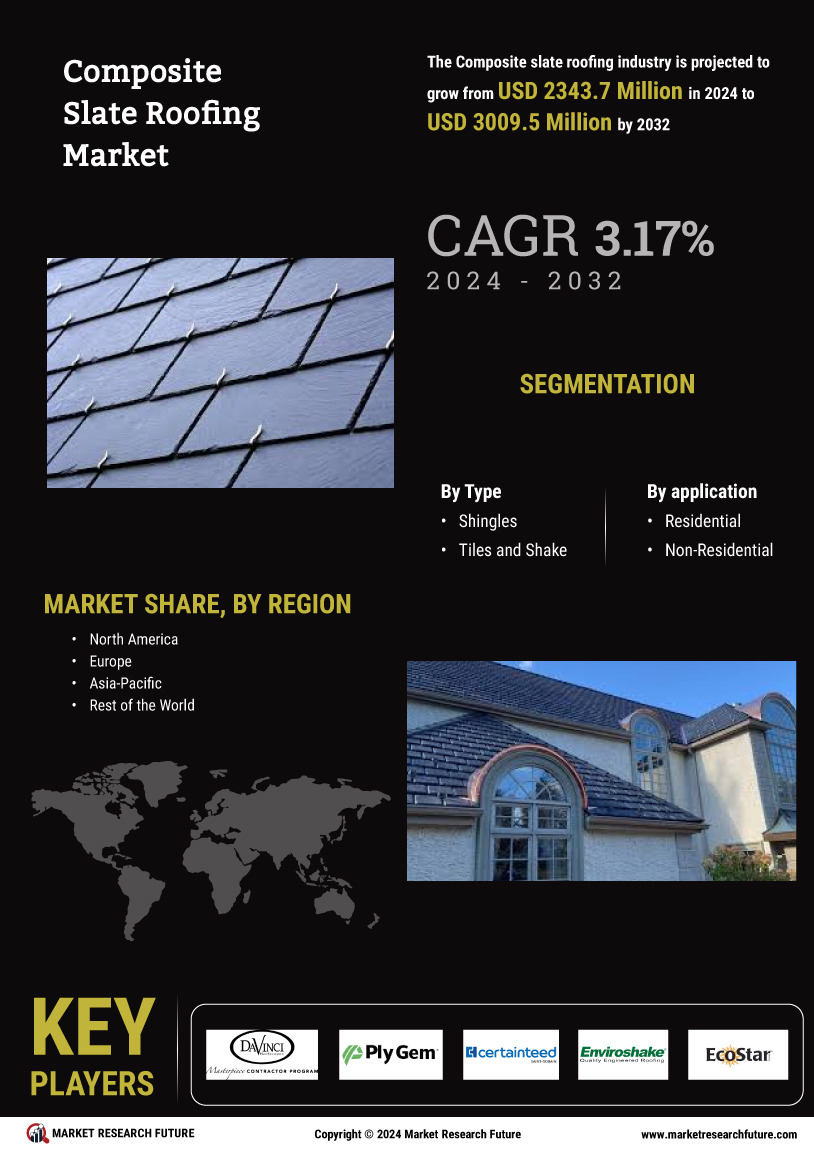

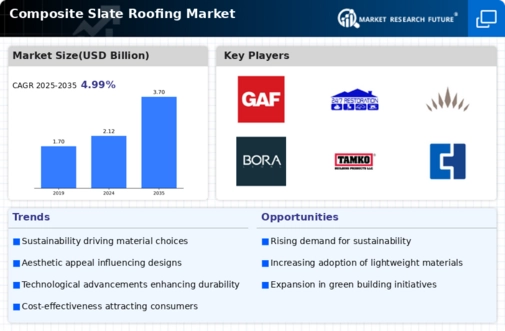
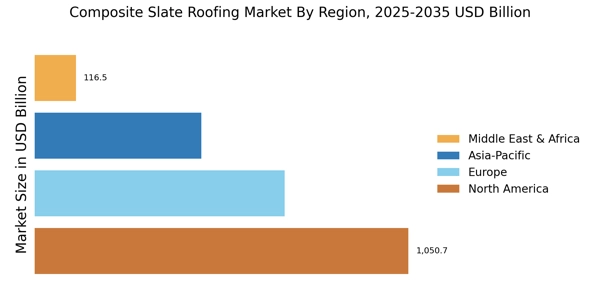
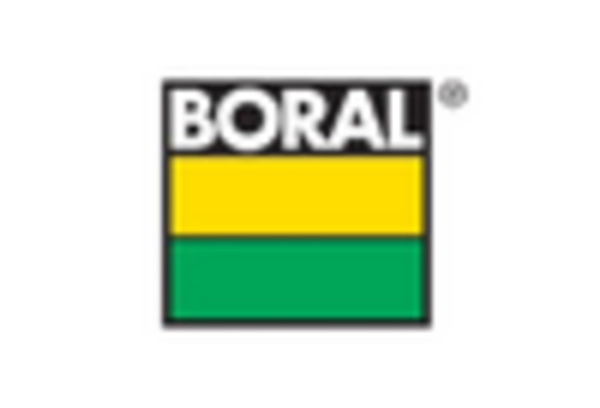
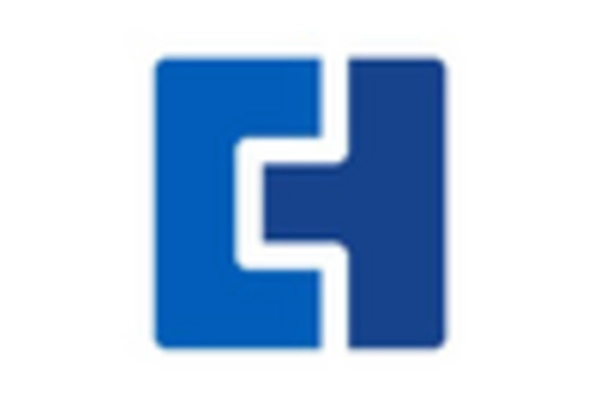
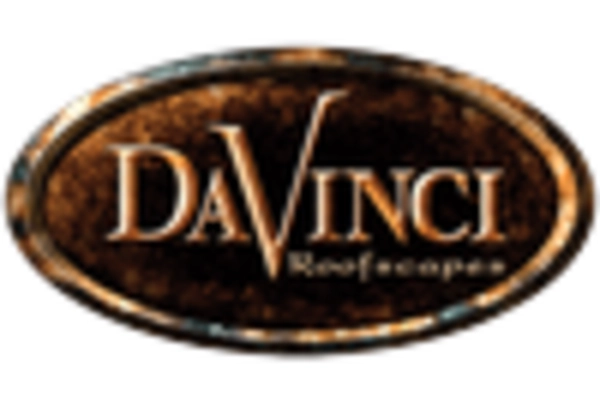
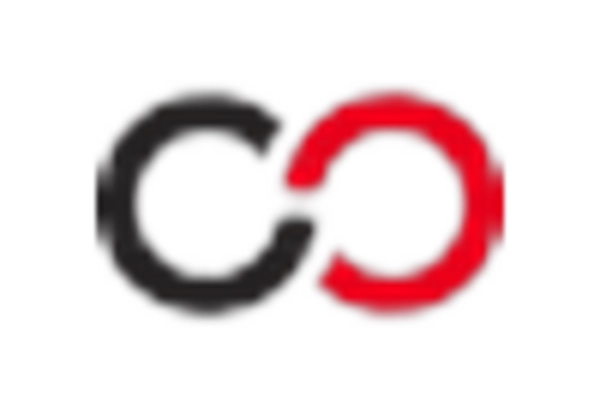
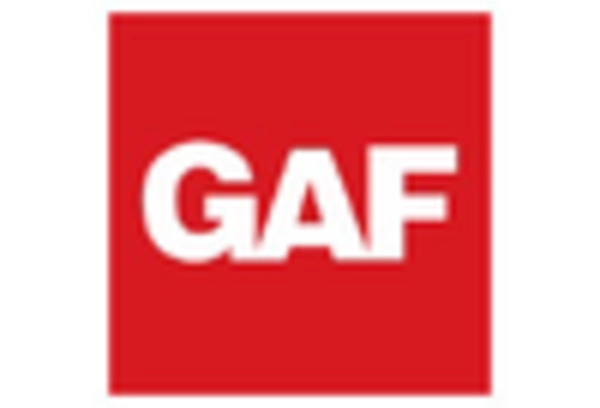
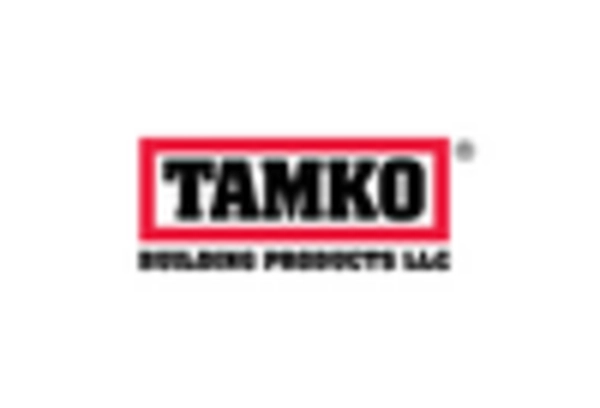








Leave a Comment